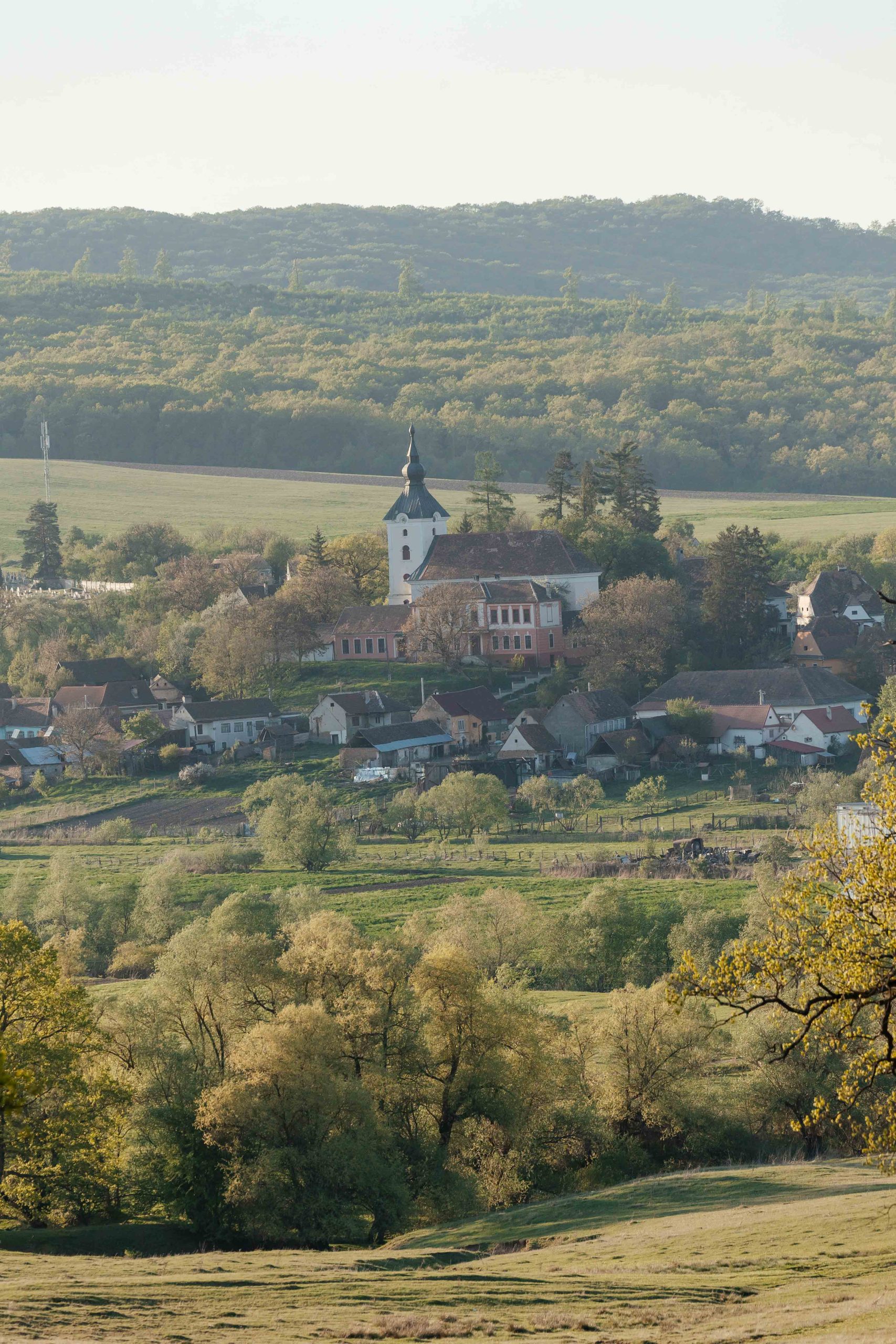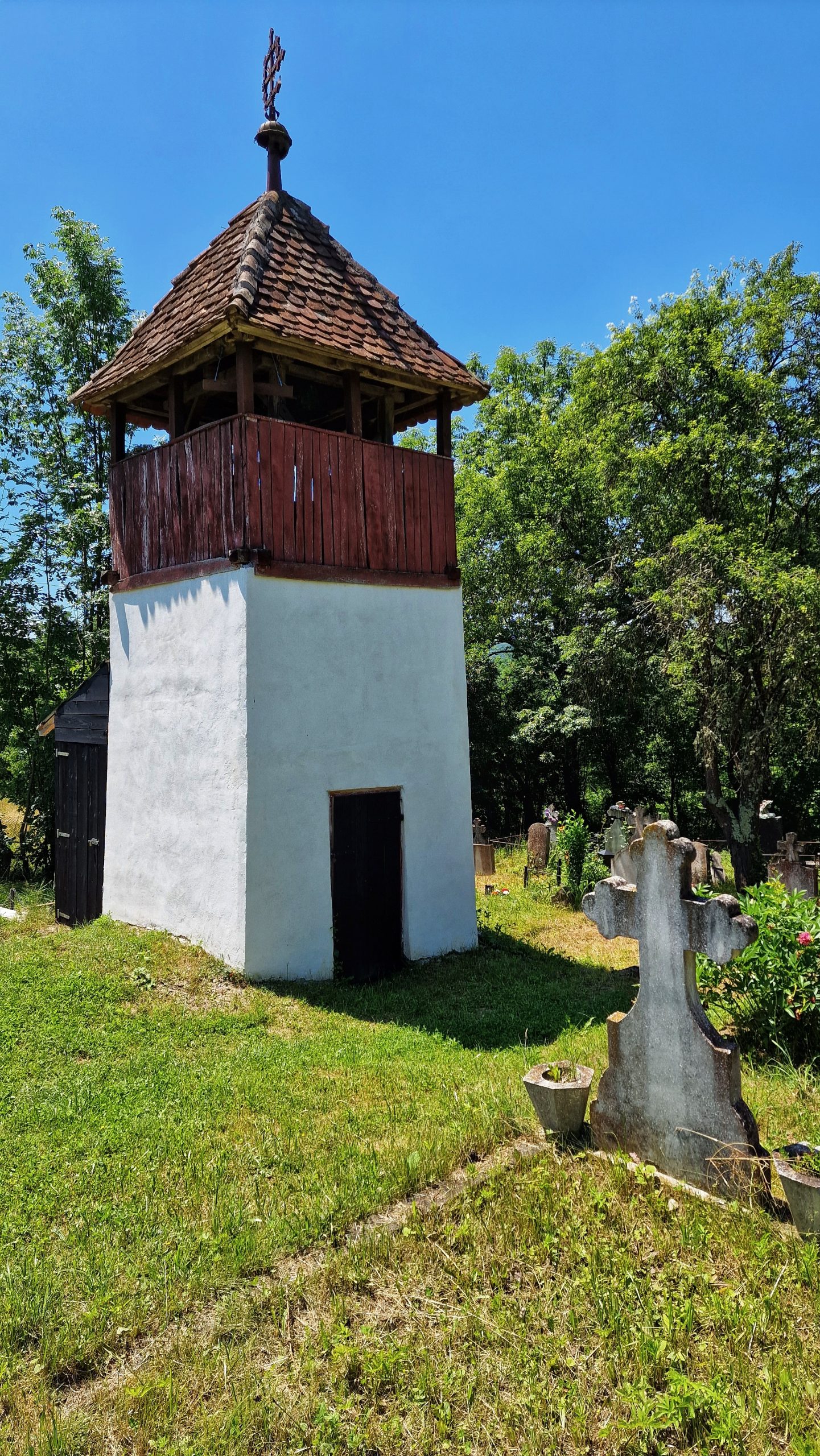Kóbor (Cobor) – Hungarian Name
Kiwern, Küwern – German Name
This small village is one of the oldest settlements in Brașov County, first mentioned in documents in 1206 (villa Cowrnh, Cowruh). At that time, the city of Brașov did not yet exist, and Teutonic knights arrived in Transylvania only five years later.
Back then, the village inhabitants were likely Saxons. There was a Hungarian population in the nearby village of Văleni, but throughout the Middle Ages, Văleni belonged to Fehér County (Alba), while Cobor was part of the Reps County (Rupea). Cobor was also the only Reformed village in the Lutheran county of Rupea.
Cobor has always been a small village. The first population data dates back to 1488, when only seven families lived there. In 1529-1530, the village was completely destroyed by Turkish raids. The survival of the Saxon family name Kiewrer (Kóbor) suggests that one or two families survived the disaster and found refuge in nearby villages. The village was not left uninhabited for long. By 1570, it was likely repopulated by Székelys.
At that time, the fortified church was built or reinforced, and it successfully withstood a Tatar attack in 1658, protecting the lives of its inhabitants.

The ensemble, consisting of a fortified enclosure and an Evangelical church built in the 15th-16th centuries, suffered significant damage during the 1802 earthquake, collapsing the bell tower, the church dome, and parts of the enclosure. Between 1804-1806, a new bell tower was erected, followed by the construction of a new church in the neoclassical style by Michael Schneider from Merghindeal between 1823-1827, on the site of the medieval church. Inside, there is an altar made by Johann Folberth in 1772, an organ by Johannes Baumgartner from 1757, and a baroque pulpit. The fortification around the church was built in the first half of the 16th century in a trapezoidal shape, with firing windows only on the north and west walls. In 1895, the southeast tower was demolished to build a school, leaving the enclosure with 2 of the original 4 towers.

Known as "wood pastures," these wooded pastures are a cultural heritage element maintained through active management. They are a legacy of the Saxon culture in the landscape, with each Saxon community having a wooded pasture around it. The old oaks were constantly cut and replaced with younger ones to ensure regeneration. These areas were used for grazing, particularly for buffaloes, and were a significant source of acorns for the community's pigs. These pastures face challenges today, either from abandonment leading to their conversion to forests or from overgrazing and lack of regeneration leading to their disappearance.

The church was built in the eastern part of the village in the 15th century, coinciding with the complete departure of the Saxons from the village. The village was repopulated in the 16th century, likely by Székelys from the Odorhei seat. The church burned down in the 1802 earthquake and was later rebuilt. It preserves two wooden galleries covered with decorative panels, built in 1846, with an organ in the western gallery. The pulpit, covered by a wooden canopy, is located on the north wall. The rectangular fortified enclosure has two towers: one in the southeast with firing enclosures and a donjon in the northwest housing the bells.

The church, dedicated to the "Holy Trinity," was donated by the community from the Galați neighborhood near Făgăraș and relocated in 1841. The nave-shaped wooden church was built in 1670, with the year inscribed on the altar as seen in a photograph taken by N. Aron. Locals reassembled the church in the middle of the Orthodox cemetery, replacing the shingles with tiles after relocation. An 8-meter-high bell tower was built on the western side, also covered with tiles, housing two bells and an iron clapper.
Gospodaria Cobor | +40771434434 | contact@gospodariacobor.ro